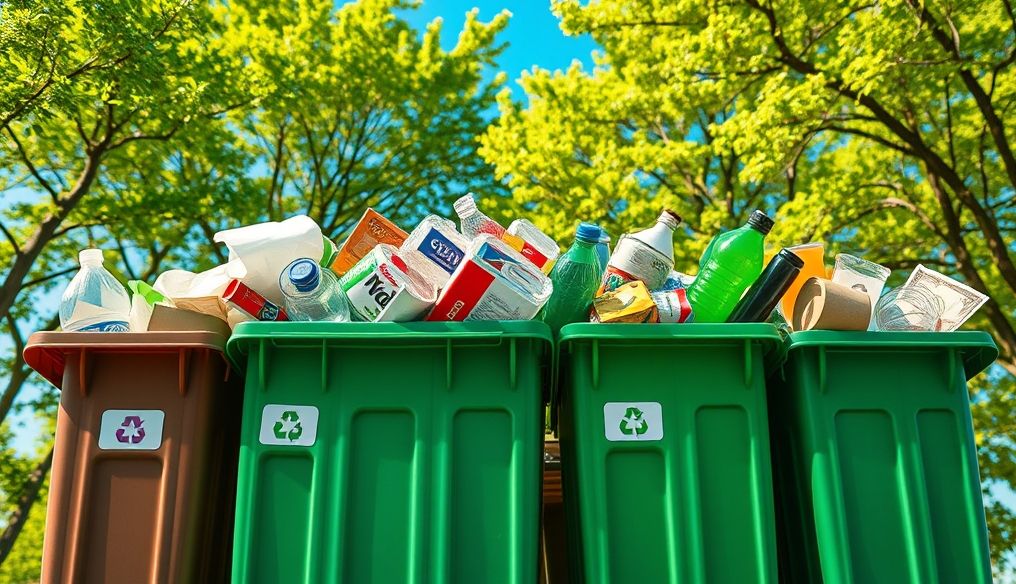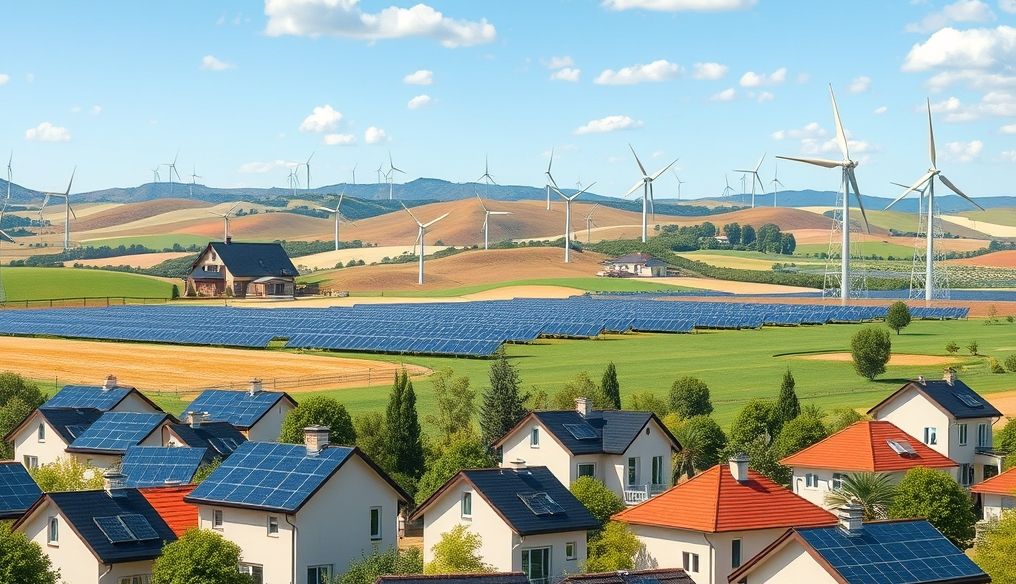Is Recycling Truly Effective in Protecting the Environment or Just Greenwashing?
Recycling, a seemingly intuitive practice in our quest to protect the planet. But is it really the magic bullet we expect? Or is it just a facade hiding deeper problems? This article explores the effectiveness of recycling, the challenges it faces, and the available alternatives.
What is Recycling and Why Do We Care?
Recycling is the process of converting waste materials into new products. It aims to reduce the amount of waste sent to landfills and incinerators, conserve natural resources, reduce energy consumption, and lower pollution.
The importance of recycling lies in:
- Conserving Natural Resources: Reducing the need to extract new raw materials.
- Saving Energy: Manufacturing products from recycled materials often requires less energy than manufacturing them from raw materials.
- Reducing Pollution: Decreasing greenhouse gas emissions and air and water pollution.
- Reducing Waste: Minimizing the volume of waste that goes to landfills, reducing the environmental impact.
How Does the Recycling Process Work?
The recycling process involves several stages:
- Collection: Collecting recyclable materials from homes and businesses.
- Sorting: Sorting materials by type (paper, plastic, glass, metals).
- Processing: Cleaning and processing materials to convert them into usable raw materials.
- Manufacturing: Using recycled materials to manufacture new products.
- Purchasing and Consumption: Buying products made from recycled materials to support the process.
The Pros of Recycling: Real Benefits or Just Slogans?
Recycling has many potential benefits:
- Energy Savings: For example, recycling aluminum saves 95% of the energy needed to produce aluminum from bauxite.
- Reduced Greenhouse Gas Emissions: Reducing the need to extract and process raw materials reduces carbon emissions.
- Conservation of Natural Resources: Reducing pressure on forests, mines, and water resources.
- Job Creation: The recycling industry provides jobs in collecting, sorting, and processing materials.
The Cons of Recycling: Hidden Challenges and Obvious Flaws
Despite the benefits, recycling faces many challenges:
- Pollution: Sorting and processing operations can cause pollution if not done correctly.
- Cost: In some cases, recycling may be more expensive than producing new materials.
- Quality of Recycled Materials: The quality of recycled materials may be lower than that of raw materials, limiting their uses.
- Transboundary Pollution: A lot of recyclable waste is exported to other countries, where it may not be processed properly, leading to environmental pollution.
- Lack of Infrastructure: In many areas, the necessary infrastructure for collecting, sorting, and processing recyclable materials is not available.
Types of Recyclable Materials: What Can and Cannot Be Recycled?
Recyclable materials vary by region and available infrastructure. Generally, common materials include:
- Paper: Newspapers, magazines, cardboard.
- Plastic: Some types of plastic (PET, HDPE) are recyclable, while others (PVC, PS) are less common.
- Glass: Glass bottles and jars.
- Metals: Aluminum, steel, copper.
It is important to check local recycling guidelines to find out what materials can be recycled in your area.
Is Recycling Alone Enough? The Need for a Comprehensive Waste Management Approach
Recycling is not a magic bullet. It should be part of a comprehensive waste management approach that includes:
- Waste Reduction: Reducing the amount of waste we produce in the first place.
- Reuse: Finding ways to reuse products instead of disposing of them.
- Recycling: Converting waste into new materials.
- Recovery: Recovering energy from waste through incineration or anaerobic digestion.
- Safe Disposal: Disposing of residual waste in properly designed landfills.
Alternatives to Recycling: Innovative Ways to Reduce Waste and Protect the Environment
There are many innovative alternatives to recycling:
- Circular Economy: An economic model that aims to minimize waste and reuse resources as much as possible.
- Biodegradability: Using biodegradable materials that break down naturally in the environment.
- Chemical Recycling: Using chemical processes to convert plastic into new raw materials.
- 3D Printing: Using plastic waste as a raw material for 3D printing.
Practical Tips to Promote Recycling in Your Daily Life
You can contribute to promoting recycling by:
- Sorting Waste Correctly: Making sure to put recyclable materials in the designated containers.
- Buying Products Made from Recycled Materials: Supporting companies that use recycled materials.
- Reducing Plastic Use: Using cloth bags and reusable bottles.
- Reusing Products: Finding ways to reuse products instead of disposing of them.
- Raising Awareness: Encouraging others to recycle.
Conclusion: Recycling is a Necessary but Insufficient Step
Recycling is a necessary step towards protecting the environment, but it is not a complete solution. It should be part of a comprehensive waste management approach that includes waste reduction, reuse, recovery, and safe disposal. By working together, we can reduce the environmental impact of waste and create a more sustainable future.
Sources:




